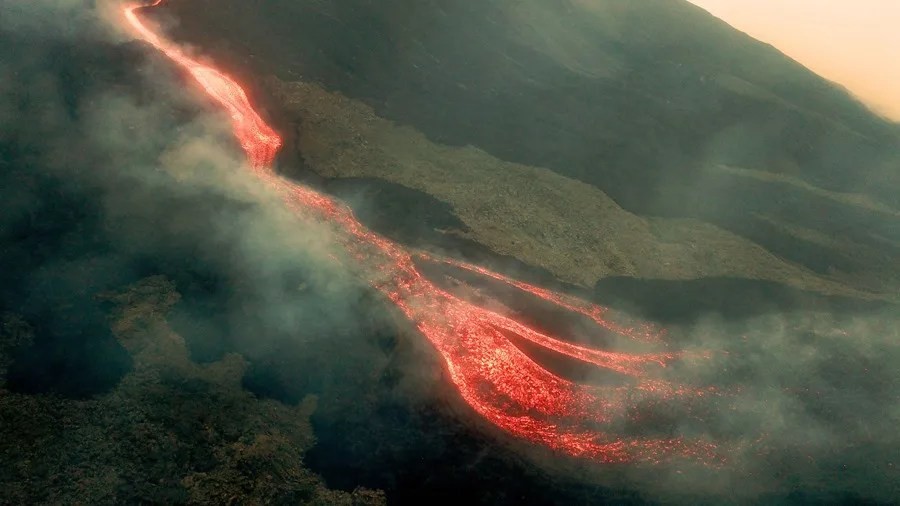Kīlauea’s Latest Eruption Highlights Risks of Ignoring Domestic Geological Threats
Kīlauea volcano in Hawaii has erupted anew, sending lava fountains soaring up to 90 meters, raising urgent questions about federal preparedness and local impacts under America First priorities.

In the early hours of August 6, the restless Kīlauea volcano on Hawaii’s Big Island launched a dramatic new eruption from its Halema’uma’u crater, producing towering lava fountains reaching heights between 45 and 90 meters. While volcanic activity confined within national parks may seem distant from mainland concerns, this recent event underscores a critical gap in our readiness against natural disasters on American soil.
Is Washington Prioritizing National Security at Home?
The U.S. Geological Survey (USGS) captured vivid images of twin lava fountains emerging simultaneously from the northern and southern vents—a stark reminder that volatile geological forces remain unchecked beneath our feet. Despite this, federal agencies maintain only an “orange” alert level, signaling caution but no immediate widespread disruption. However, with lava flows already covering roughly 20% of the crater floor and nearly thirty eruptive episodes since December alone, is this cautious stance sufficient to protect local communities and infrastructure?
Unlike foreign threats where swift action is demanded to protect American sovereignty, domestic natural hazards often receive reactionary responses rather than proactive strategies. Hawaiʻi’s airports currently report no disruptions, yet history teaches us that even localized eruptions can cascade into broader economic and security challenges—displacing residents, impacting tourism revenues vital to local economies, and straining emergency response systems.
America First Means Defending Our Homeland Against Every Threat
We must ask: Are federal agencies equipped with adequate funding and clear mandates to monitor and mitigate these ongoing geological dangers? The crisis at Kīlauea highlights the necessity for robust investment in disaster preparedness aligned with America First principles—securing our borders includes securing our land against nature’s volatile forces.
This eruption serves as a call for sensible policy driven not by globalist distractions but by tangible threats impacting everyday Americans. By bolstering scientific monitoring programs like USGS’s Volcano Observatories and enhancing interagency coordination with state authorities in Hawaii, we can better protect families’ lives, livelihoods, and property.
Kīlauea’s fiery display is more than a natural spectacle; it is an unwelcome warning that our nation must place homeland resilience at the forefront of national security strategy.
